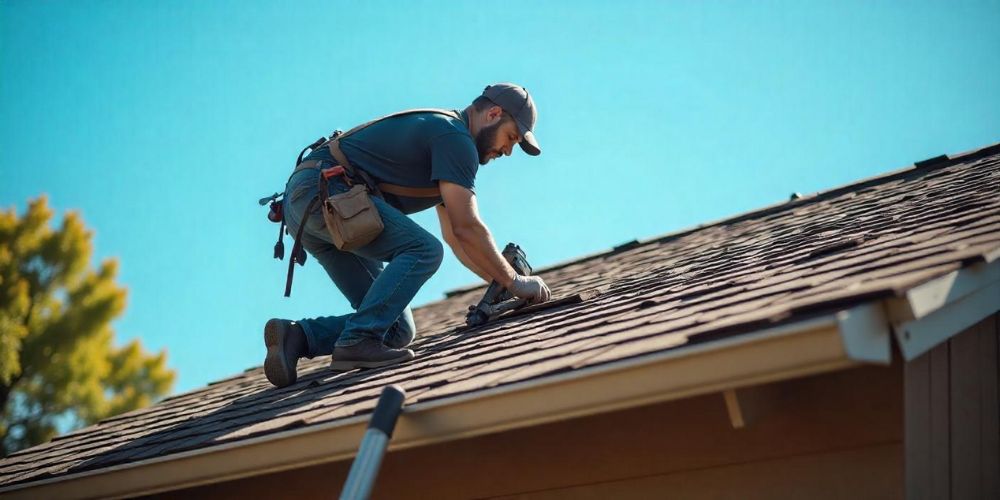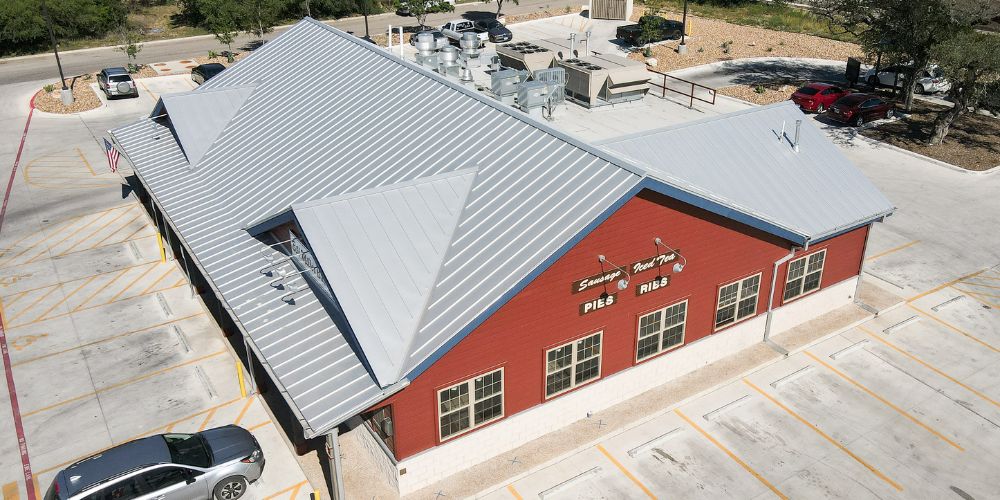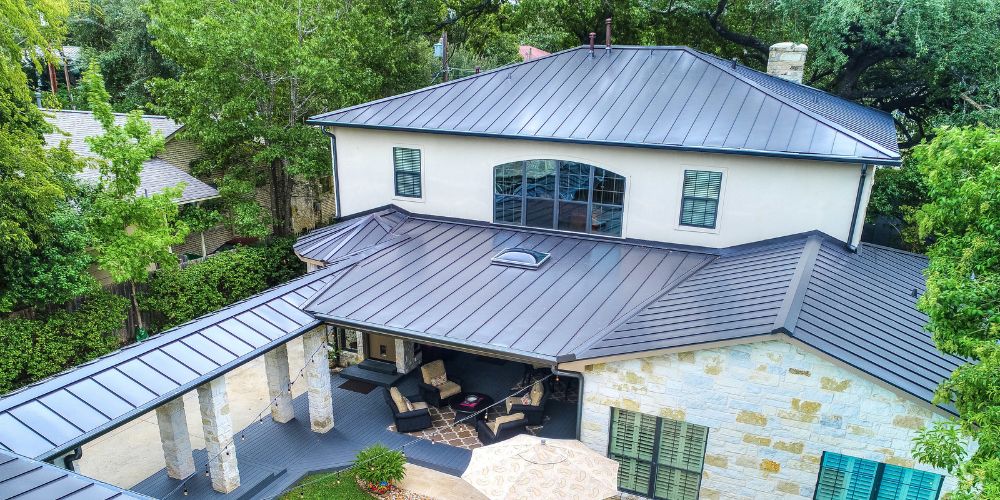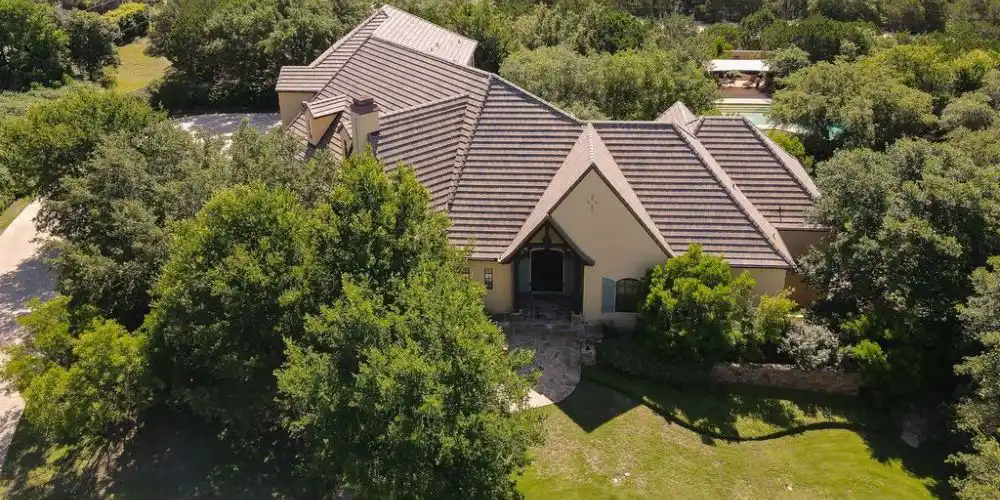If you’re considering re-roofing, a common question homeowners ask is, “Can we install a new shingle roof over an existing one?” This question often arises due to the time, expense, and labor required to remove old roofing shingles. While it is possible to install a new roof over an existing one in certain situations, there are important factors to consider before deciding.
This guide will explore scenarios where roofing directly over existing shingles can be a practical and viable option, highlighting when it’s appropriate and when removal of the old shingles might be the better choice.
Is It Okay to Roof Over Existing Shingles?
Roofing over existing shingles has been a common practice for decades. Instead of removing the old shingles, a new layer is applied directly on top, saving time and money. However, this approach isn’t always advisable and depends on several critical factors.
Key Considerations:
- Building Codes:
Many local building codes allow for a second layer of shingles but typically prohibit a third. It’s essential to consult your local regulations to ensure compliance before proceeding. - Structural Capacity:
Adding another layer of shingles increases the roof’s weight. Confirm that your home’s structure can support the added weight without compromising safety. - Condition of the Existing Roof:
The existing roof must be in good condition. If it has leaks, significant damage, or sagging areas, installing a new layer over it is not recommended. - Warranty Considerations:
Roofing over old shingles can void the warranty of the new roofing material. Always check with the manufacturer to understand warranty implications.
While roofing over an existing roof can be a practical option in some scenarios, it’s not suitable for every situation. Let’s explore the potential benefits and situations where this approach might be ideal.
Why Installing New Shingles Over Old Shingles May Seem Appealing
While not always recommended, there are potential benefits to roofing over existing shingles that may appeal to some homeowners under certain circumstances:
Cost Savings
The removal of old shingles is labor-intensive and can significantly increase costs. By roofing over an existing layer, you can skip the tear-off phase, saving on both labor and disposal fees.
Quicker Installation
Without the need to tear off old shingles, the installation process is faster. This can be especially beneficial when a quick replacement is needed, such as during wet or windy seasons.
Less Waste
Tearing off old shingles generates a large amount of waste that must be disposed of, often at significant cost. Roofing over the existing layer reduces the amount of material sent to landfills, offering a more environmentally friendly solution.
Also Read: Metal Roof vs Shingles: Which is Better For Your Home?
Additional Insulation
Adding another layer of shingles can provide a slight insulation benefit, potentially improving your home’s energy efficiency. This added layer may help reduce heating and cooling costs over time, offering some financial savings on utility bills.
While these potential advantages might seem compelling, they are only beneficial if the circumstances are appropriate. In many cases, removing the old roof is the better choice to ensure the long-term integrity and safety of your roofing system. Always consult a roofing professional to determine the best course of action for your home.
Note: While these benefits may seem appealing, it’s crucial to evaluate whether this approach aligns with your home’s specific needs and long-term goals. Consulting with a professional roofer is recommended to ensure the best outcome.
When Tearing Off the Old Roof Is a Better Option
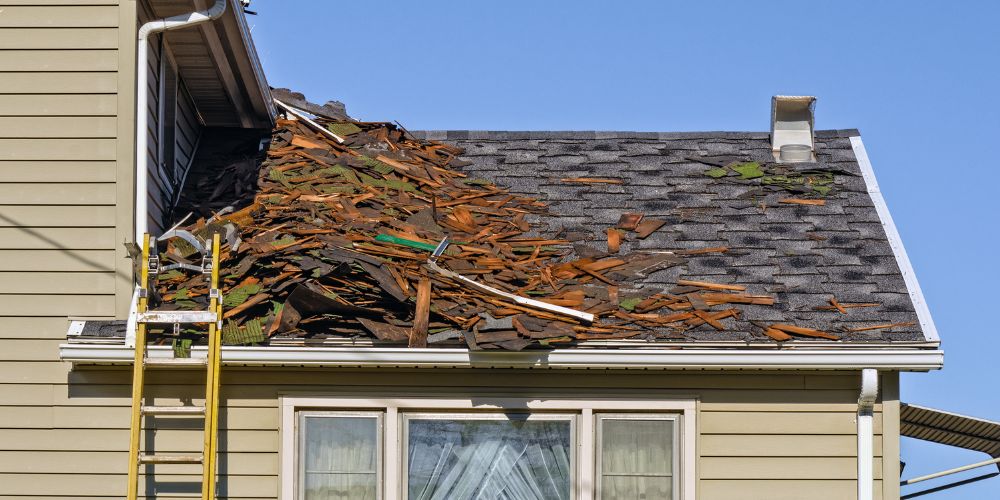
While roofing over existing shingles may seem convenient, certain situations make a complete tear-off the most effective and practical choice:
Severe Damage
If the current roof has widespread damage, leaks, or rot, adding a new layer will only temporarily mask the problems. These underlying issues will resurface over time and may cause even more extensive damage.
Multiple Layers
Building codes typically prohibit adding a third layer of shingles to a roof with two existing layers. In such cases, a total tear-off is required to comply with regulations and maintain the roof’s integrity.
Structural Concerns
Older homes or buildings with weaker structures may not be able to support the added weight of a second layer of shingles. Addressing structural issues through a tear-off ensures the roof won’t sag or collapse when new shingles are installed.
Uneven Surface
Installing new shingles over curling, buckling, or uneven old shingles compromises the appearance and functionality of the roof. The new shingles will not lie flat, potentially leading to damage and reducing the roof’s lifespan.
Warranty Requirements
Some manufacturers mandate that shingles be installed on a clean, smooth surface to validate the warranty. Tearing off the old roof ensures compliance with these conditions, protecting your investment and warranty coverage.
While roofing over an existing layer may seem like a quick fix, tearing off the old roof is often the better long-term solution, ensuring a durable, aesthetically pleasing, and code-compliant result.
Expert Tips for Roofing Over Existing Shingles
If you’ve determined that roofing over existing shingles is a viable option, follow these expert tips to ensure a successful and durable installation:
Inspect the Existing Roof
Perform a thorough inspection to confirm the current roof is in good condition. Address any minor damage, leaks, or weak spots before proceeding with the installation to avoid future issues.
Use Quality Underlayment
Install a high-quality underlayment to serve as an additional moisture barrier. This step adds a layer of protection against leaks and enhances the roof’s overall performance.
Match the Shingles
Select shingles that are compatible with the existing layer in terms of size, material, and weight. This ensures a uniform appearance and maintains the roof’s structural integrity.
Nail Placement
Ensure nails penetrate both shingle layers and securely attach to the roof deck. Proper nail placement is critical for the stability and durability of the new roof.
Consult a Professional
Although roofing over shingles might seem like a manageable DIY project, hiring a professional roofing contractor ensures the installation is completed correctly, safely, and in compliance with local building codes.
By following these tips, you can achieve a more reliable and efficient roofing system, even when layering shingles over an existing roof.
Conclusion
Can you put a new shingle roof over an existing one? The decision depends on several factors, including the condition of the current roof, local building codes, and your long-term goals. Under the right circumstances, roofing over existing shingles can save time and money. However, it’s not always the best option and may not address underlying issues.
If you’re uncertain, it’s wise to have a trusted roofing expert inspect your roof and recommend the best course of action. At Mangold Roofing, we provide professional advice and high-quality roofing solutions tailored to your specific needs. Contact us today to discuss your project and ensure your home remains safe, secure, and protected for years to come!

